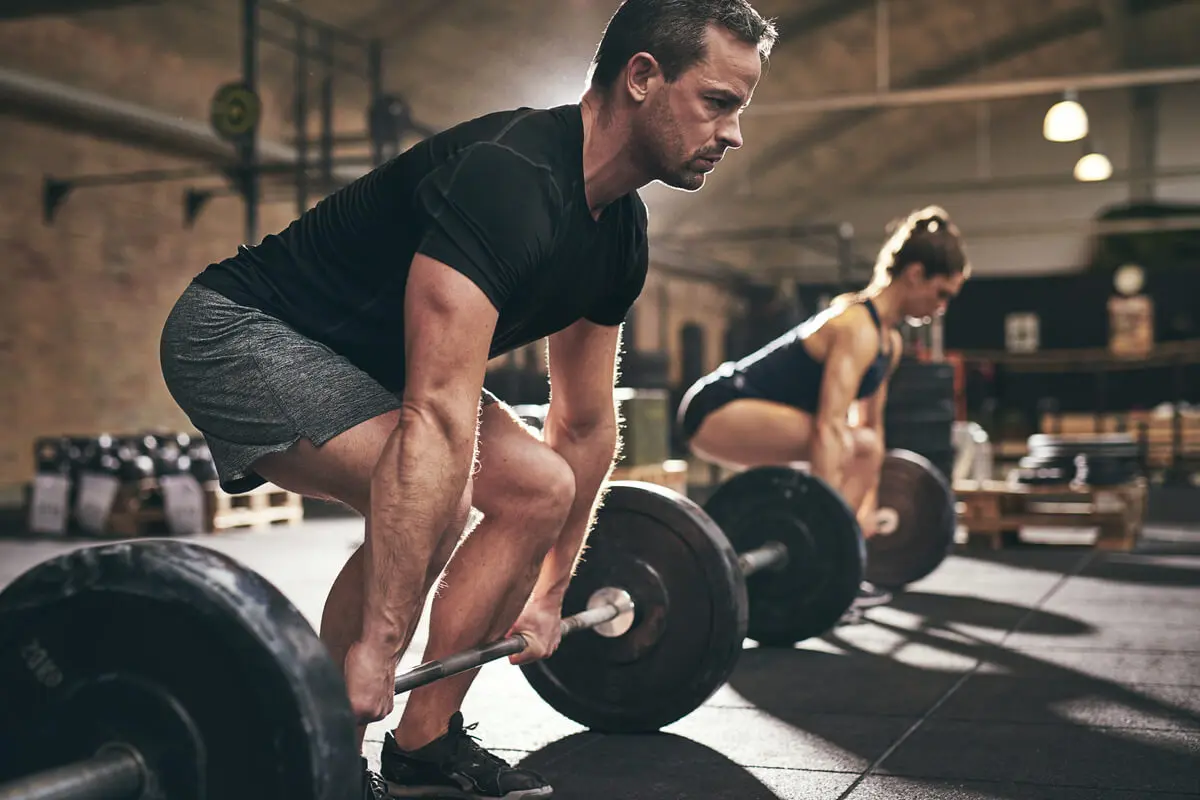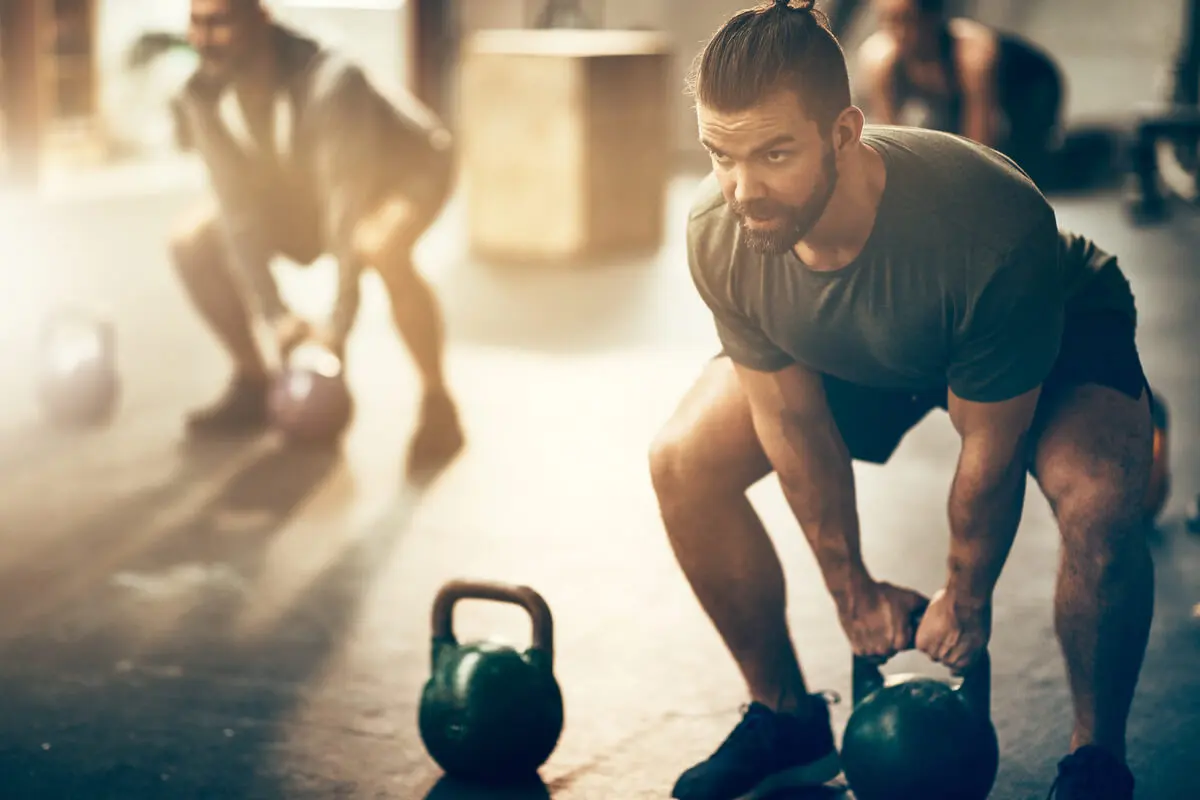UFC World Champion Leon Edwards Shares His Workout Routine and Training Tips


Written and verified by the doctor Leonardo Biolatto
The routine of Leon Edwards, current UFC welterweight world champion, can serve as an inspiration for those who believe in the impossible. At the age of 31, the Jamaican-British athlete defeated the defending champion in a fight that will go down in history.
Finding himself down, he pulled off a last-minute knockout that stunned the audience. In his subsequent statements when addressing the press, the fighter revealed that there was no luck involved, but very intense preparation. (That, at least, is how Edwards interprets it).
Thanks to his newfound popularity, the new Ultimate Fighting Championship (UFC) champion was asked about his methods for training and fitness. With this in mind, we’ve compiled some data that we can use to analyze Leon Edwards’ routine and how you can take advantage of his advice.
What’s the warm-up like in Leon Edwards’ routine?
There are no secrets here. The champion runs for 5 minutes on a treadmill and then gets down to strength work.
Can just five minutes be enough? Actually, yes. The warm-up is meant to increase circulation to the muscles and increase oxygen intake to the lungs.
You’re not looking for fatigue here, but preparation. The heart rate goes up a bit and so do the blood pressure values. Thus, when it comes to weight bearing, You reduce the risk of injury. According to research, a proper warm-up could prevent up to 35% of neuromuscular injuries in sports competitions.
As for which warm-up routine is best, there’s no need to be strict and stick to Leon Edwards’ advice. When analyzing different ways of warming up, the researchers found that there were no significant differences in training results based on the warmup method chosen.
We think you may also enjoy reading this article: This Is the Simple 15-15-15 Routine that Keeps Jennifer Aniston in Shape at 53
What does champion strength training look like?
Leon Edwards divides his strength sequence into the chest and back on one side, then the back chain. The number of sets and reps is dictated by the superset technique.
A superset is a modality to avoid the traditional rest between sets. This isn’t something for every beginner. It’s necessary to have a previous base that allows us not to rest and to continue activating muscles.
There are different variants that can be chosen:
- Combine different exercises that work the same muscles
- Work agonist and antagonist muscles in succession
- Mixing anaerobic strength with cardio, without interruption between the two
The superset technique is ideal for those who don’t have much time to work out. The same weekly volume is achieved, with similar results to the use of traditional rest.
But we repeat: you need to have a previous base to get to remove the breaks.

Chest and back
Leon Edwards’ chest and back routine focuses on the following:
- The benchpress
- Incline Dumbbell Rowing
The first exercise is optimal for the pectoralis major muscles. It’s a gym classic and you’re sure to have had it programmed in if you attend a facility.
The second exercise focuses on the back muscles. It increases the size of the trapezius, rhomboid, and even the shoulders. Beyond aesthetics and strength, if there are no spinal injuries, it can serve to prevent them in the future. By improving the power of the soft tissues in the area, it provides stability to the vertebrae.
Posterior chain
Then, to work the posterior chain, Leon Edwards’ routine uses the following movements:
- Deadlifts with a trap bar
- Medicine ball throwing
Many times, those who attend a gym as beginners often look at the trap bar with suspicion. There’s always doubt about how effective it really is to lift it or walk around with it.
In this case, the key is to use the attachment as a load to lift with the classic dead weight sequence. Evidence indicates that large and powerful muscles are activated with this technique, such as the biceps femoris, gluteus Maximus, and erector spinae.
On the other hand, a medicine ball, when thrown correctly, is useful in toning, hypertrophy, and even injury rehabilitation. In fact, it’s increasingly used in physiotherapy centers.
By incorporating the medicine ball in training handball players, for example, it was noted that the athletes gained speed in their shots on the court. This is associated with the idea that the device can improve athletes’ explosive power.

How does Leon Edwards finish his routine?
The end of the UFC champion’s workout happens on the stationary bike. There, he performs 5 sets of 10-second sprints, with a 20-second rest between each.
This final push, while it may seem aerobic, should actually be considered more anaerobic. The short 10-second time at high intensity quickly consumes available oxygen. This is why extended breaks are needed between each pedal stroke.
However, it’s also true that repetition of this routine increases cardiorespiratory capacity. High-intensity exercise (HIIT type), such as stationary cycling in sprints, raises the maximum amount of oxygen the lungs can handle.
This will mean less fatigue when performing any demanding activity.
Like this article? You may also like to read: The Weight Watchers Approach: What It Is, the Advantages and Disadvantages
Tailor this routine to your situation
We’re not going to be UFC champions like Leon Edwards. Of course we’re not. What we’re looking for is to use the best tips from athletes to improve our personal routines.
If you’re interested in back hypertrophy or want to prevent spinal injuries in the future, then you might find these movements useful. On the other hand, if you’ve been working out for a while and want to progress, you can start with supersets to test your endurance.
Whatever you do, get advice. Consult a gym or certified personal trainers.
Main image by REUTERS.
All cited sources were thoroughly reviewed by our team to ensure their quality, reliability, currency, and validity. The bibliography of this article was considered reliable and of academic or scientific accuracy.
- Astorino, T. A., Edmunds, R. M., Clark, A., King, L., Gallant, R. A., Namm, S., … & Wood, K. M. (2017). High-intensity interval training increases cardiac output and VO2max. Med Sci Sports Exerc, 49(2), 265-273.
- Emery, C. A., & Pasanen, K. (2019). Current trends in sport injury prevention. Best Practice & Research Clinical Rheumatology, 33(1), 3-15.
- Iversen, V. M., Norum, M., Schoenfeld, B. J., & Fimland, M. S. (2021). No time to lift? Designing time-efficient training programs for strength and hypertrophy: a narrative review. Sports Medicine, 51(10), 2079-2095.
- Martin-Fuentes, I., Oliva-Lozano, J. M., & Muyor, J. M. (2020). Electromyographic activity in deadlift exercise and its variants. A systematic review. PLoS One, 15(2), e0229507.
- Raeder, C., Fernandez-Fernandez, J., & Ferrauti, A. (2015). Effects of six weeks of medicine ball training on throwing velocity, throwing precision, and isokinetic strength of shoulder rotators in female handball players. The Journal of Strength & Conditioning Research, 29(7), 1904-1914.
- Ribeiro, A. S., Romanzini, M., Schoenfeld, B. J., Souza, M. F., Avelar, A., & Cyrino, E. S. (2014). Effect of different warm-up procedures on the performance of resistance training exercises. Perceptual and motor skills, 119(1), 133-145.
This text is provided for informational purposes only and does not replace consultation with a professional. If in doubt, consult your specialist.








